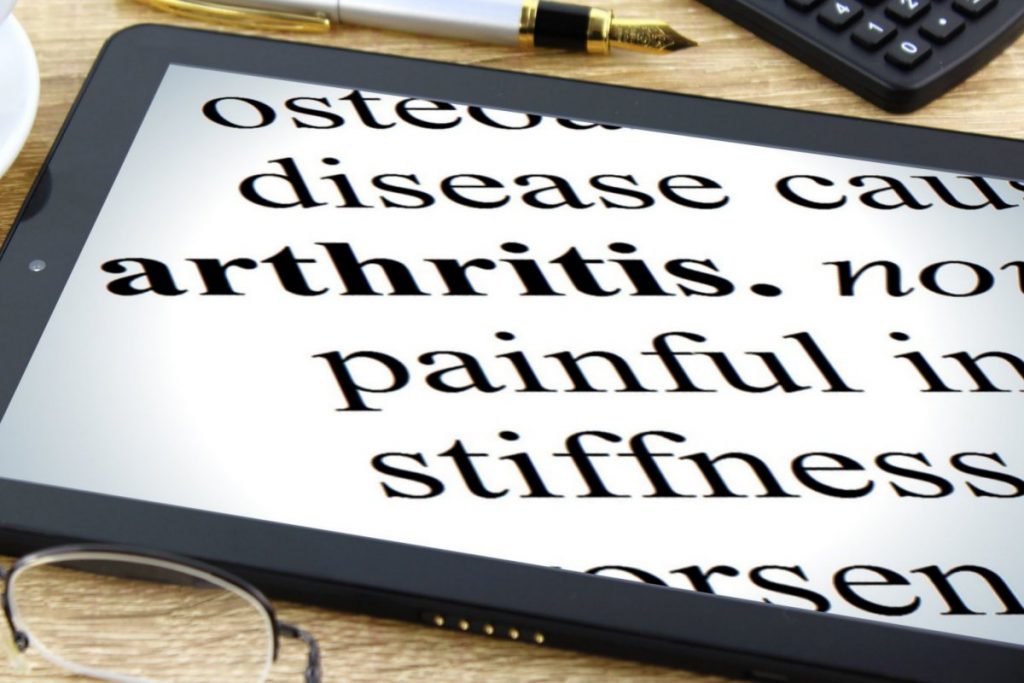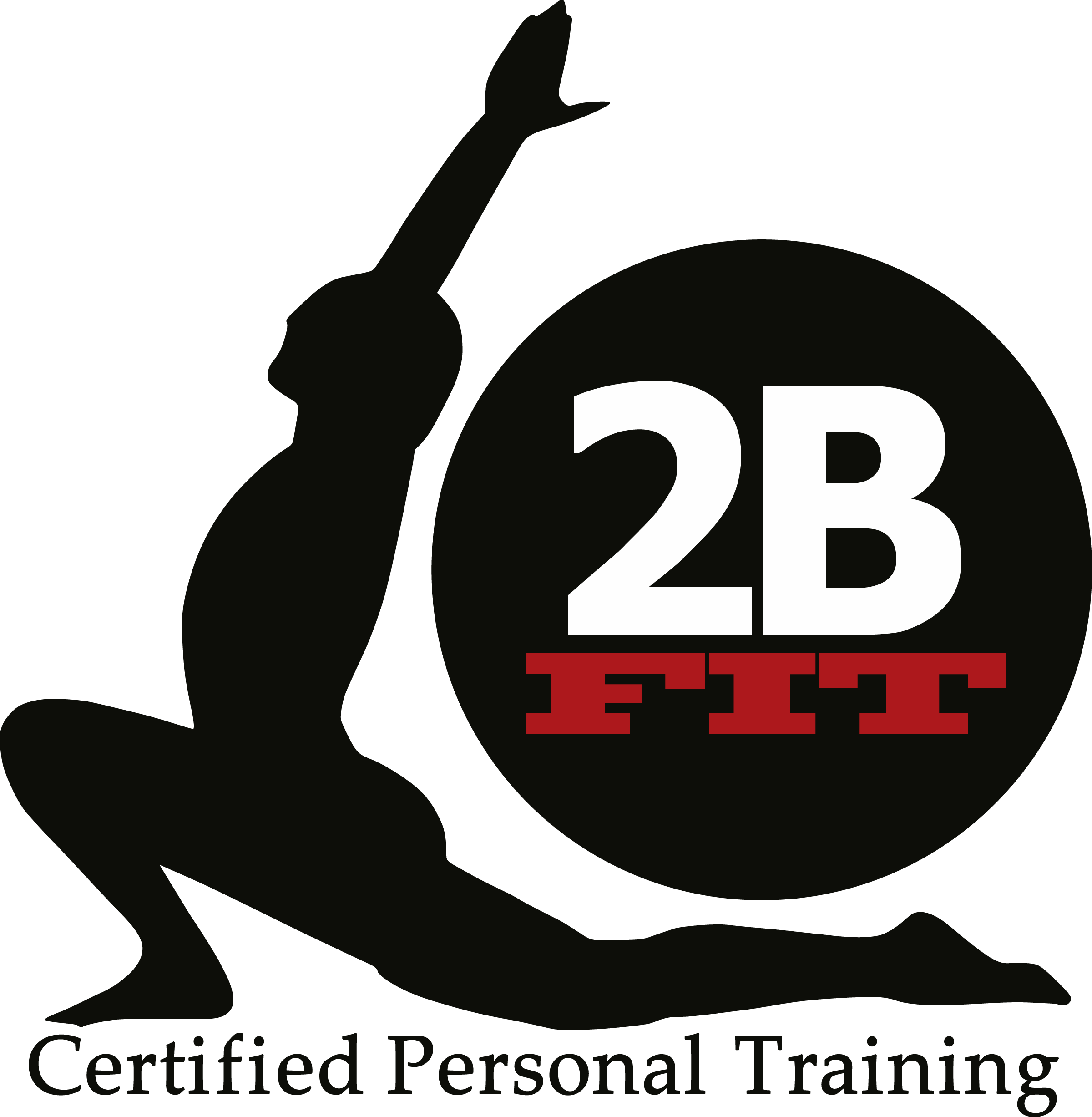Relief from Arthritis Symptoms via Exercise?? YES!

https://www.thebluediamondgallery.com/tablet-dictionary/a/arthritis.html
You can move with less stiffness and pain. And 2BFit will show you how.
Arthritis causes inflammation and pain in your joints which frequently gets worse as we age. Ranging from mild discomfort to severe pain, arthritis causes people to miss out on once-loved activities and can even hamper activities of daily living enough to require assistance with basic tasks.
Once activities such as climbing stairs, carrying groceries, getting up and down from a chair, or doing basic housekeeping tasks becomes a hurdle, living independently is no longer an option.
But it’s not all gloom and doom, because Exercise is the Antidote.
The Mayo Clinic goes so far as to say “Exercise is crucial for people with arthritis,” Constant pain will wear you down and sap your energy. Because exercise improves strength and helps you to move with less pain it will also improve your energy and stamina.
And regular exercise helps you maintain a healthy weight which in turn means less stress on weight-bearing joints like the hips, knees, and ankles. If left unchecked, arthritis will continue to worsen limiting your ability to move. An exercise program that incorporates posture, mobility strength, and range of motion will improve your ability to function.
“In the United States, arthritis affects 53 million adults and is the leading cause of disability.
- Pain and inflammation from osteoarthritis and rheumatoid arthritis are responsible for 172 million missed workdays each year.
- 57% of adults with heart disease have arthritis.
- 52% of adults with diabetes have arthritis.
- 44% of adults with high blood pressure have arthritis.
- 36% of adults who are obese have arthritis.”
*http://blog.arthritis.org/news/tag/arthritis-statistics/
But there is help! I can show you how a targeted fitness program will improve all these aspects of health and fitness and more.
You’ve no doubt heard of, if not experienced, the most common form of arthritis — osteoarthritis. For now, let’s focus on what you can do to control and lessen the pain and inflammation that so often strikes as we get older.
Drink Plenty of Water
We are made up of over 70% water. And water is in and around every cell in our body. Staying hydrated is crucial for lubricating joints and flushing out toxins that can cause inflammation. Don’t feel thirsty? Just as our sense of sight and hearing may get less sharp as we age, so does our sense of thirst. If you feel a bit thirsty it’s a good bet, you’re already slightly dehydrated.
Other signs to watch for: dry mouth, headache or dizziness, itchy dry eyes, brain fog, muscle weakness, and fatigue.
Drink water and other fluids throughout the day not just at mealtimes. Also, include foods that have a higher water content such as fruits and vegetables, broth, and soup. Limit coffee, tea, and alcohol as these have a diuretic effect.
Go for a Walk
Walking is a wonderful low impact form of exercise that can be done anywhere with no equipment needed other than a pair of supportive walking shoes. Walking can improve your cardiovascular health by helping your heart and lungs work more efficiently, lubricate the joints so there is less friction, and improve your mood. Wearing shoes that support the foot in proper alignment is crucial for pain-free walking whether you are strolling at the mall or hoofing it around a neighborhood walking path.
When setting out walk slowly to warm up and gradually increase your pace as you are able. At 2BFit, clients work on a (RPE) Rate-of-Perceived-Exertion scale (essentially, on a scale of 1-10, how hard do you feel you are working?) You can use this yourself to gauge intensity and measure your effort, improving your output over time.
There are several ways to structure your walking workout. One way is to gradually increase your pace so that you are walking fast enough to be at an RPE of 5-6 and stay there for the duration of the walk.
Another popular option is to alternate intervals of higher and lower intensity. This can be accomplished by simply naturally increasing your intensity. Or, you can alternate between a faster and a slower pace.
Studies show that intervals are superior to walking at a steady pace if fat loss and or cardiovascular conditioning is your goal. I’m happy to answer any questions about how to incorporate intervals into your walking routine. If you would like to learn more, don’t hesitate to reach out.
Strength Training
Strength training is especially beneficial for people with arthritis. When done properly, strength training helps support and protect joints, not to mention ease pain, stiffness, and possibly swelling”. Harvard Health
If you suffer from arthritis pain moving your body may be the last thing you want to do, but you have everything to gain from working with a Functional Aging Specialist and Personal Trainer.
When people think about a personal trainer often the first thing that comes to mind is big muscles and six-pack abs. But when you are dealing with arthritis pain that limits your mobility and activities, you more than likely have goals that are much more modest. You want your joints to stop dictating what you can and cannot do. You want to be able to live with less pain and stiffness.
Avoiding exercise causes the connective tissue to weaken; and an unstable joint is a painful joint. Strengthening the muscles that are attached to the joints will create stability for less friction within the joint.
Resistance training also circulates the synovial fluid in and around the joint, lubricating it during and after exercise. This added strength as well as stability and lubrication helps reduce pain and inflammation when walking, climbing stairs, & moving in and out of a chair. Not to mention when golfing, playing with the grandkids, gardening, and /or boarding a tour bus for a new travel adventure.
So, what does Resistance Training Entail?
Resistance training, or strength training as it is also called, is moving your body against bodyweight or an outside force. Common bodyweight exercises include squats, lunges, and pushups to name a few. But what if these exercises are too painful or too difficult for you to do, at least for now?
Resistance bands are a great tool for strength training, especially when working with painful arthritic joints. Unlike weights you hold in your hands, resistance bands do not rely on gravity to challenge the muscles so they can be worked with less shear force on the involved joints. This means you can work the muscles through a greater range of motion without the pain that often accompanies a comparable movement done with weights.
And while hand weights can be a drop hazard when grip strength is compromised due to arthritis or other issues, resistance bands are a safe alternative. Drop a resistance band on your toe and you won’t even miss a beat 😊
What and how much exercise should you do? If you are new to resistance training start slowly and aim for short sessions 2-3 days a week even 10-15 minutes at a time will get you moving with less pain and stiffness. Work the muscles around your major joints like hips, knees, ankles, and shoulders starting with 1 set of 8-12 reps each and gradually increasing rounds to 2-3 sets as your strength improves.
Practicing the movements and exercises WILL make you stronger and more flexible but consistency is the key to these improvements.
No Pain, No Gain?
Here at 2BFIt, Just to be clear I do not subscribe to this often quoted mantra. You will work within a pain-free range of motion to improve strength, balance, joint mobility, bone density, energy and flexibility.
If it hurts, we don’t do it! We find another way to challenge the muscles so your joints feel better, not worse!
For arthritis pain, consistency in exercising is key to seeing noticeable results. Arthritis pain can ebb and flow, so on days when pain tends to be more acute, we can adjust the exercises that are problematic while still working the muscles and joints to promote strength and flexibility.
The important thing is to keep moving!
They say variety is the spice of life and this is true with your exercise program too. Doing the same thing over and over again can lead to overuse injuries which will only serve to aggravate already tender joints. It is important to mix in a variety of exercises and modalities from day to day.
A few options:
Walking daily is simple and accessible and can be done almost anywhere. If you have access to a swimming pool water aerobics is terrific for arthritis pain because the water helps take the weight off the joints much like resistance bands do. Adding strength training, the recommended 2 days a week improves strength, balance, stability, and more. And on alternating days, or when symptoms are particularly severe, gentle stretching can improve flexibility.
Pay attention to your body. Regular exercise is crucial for those living with arthritis pain. However; choosing the wrong exercise at the wrong time will only serve to make pain and inflammation worse. And that is not our goal. If a movement causes pain, adjust accordingly. This may mean modifying the angle, amount of resistance or intensity or scrapping it entirely for the day. This is where working with a qualified Functional Aging Specialist will help. I will help you develop an exercise program appropriate for you by identifying which exercises will be beneficial and which should be avoided or adjusted.
There is no such thing as a one-size-fits-all fitness program for those with arthritis. Every person and situation is different and exercises that may cause pain for one person may actually be beneficial for someone else. A personalized exercise program that takes your particular limitations and abilities into account will give you the best possible results.
So, how can a personalized fitness program help?
To start; we don’t just jump in with both feet with a ready-made program. I will take a thorough medical history to learn about your background and perform an assessment. Then we will identify postures and movement patterns in your daily activities that may be making the pain worse and develop strategies to improve them. We look at the affected joints and which muscles should be strengthened to better support them. We will work on mobility and stability to relieve pain while improving function so you can move with ease and confidence.
One thing remains clear. Exercise can lessen the pain and swelling of arthritis. It can improve mobility, flexibility, strength, and self-efficacy. It can reduce fatigue and boost your mood.
Ready to see how good you can feel?
Call Today to get started.
Look Good Feel Good Live Better!
Stacia
